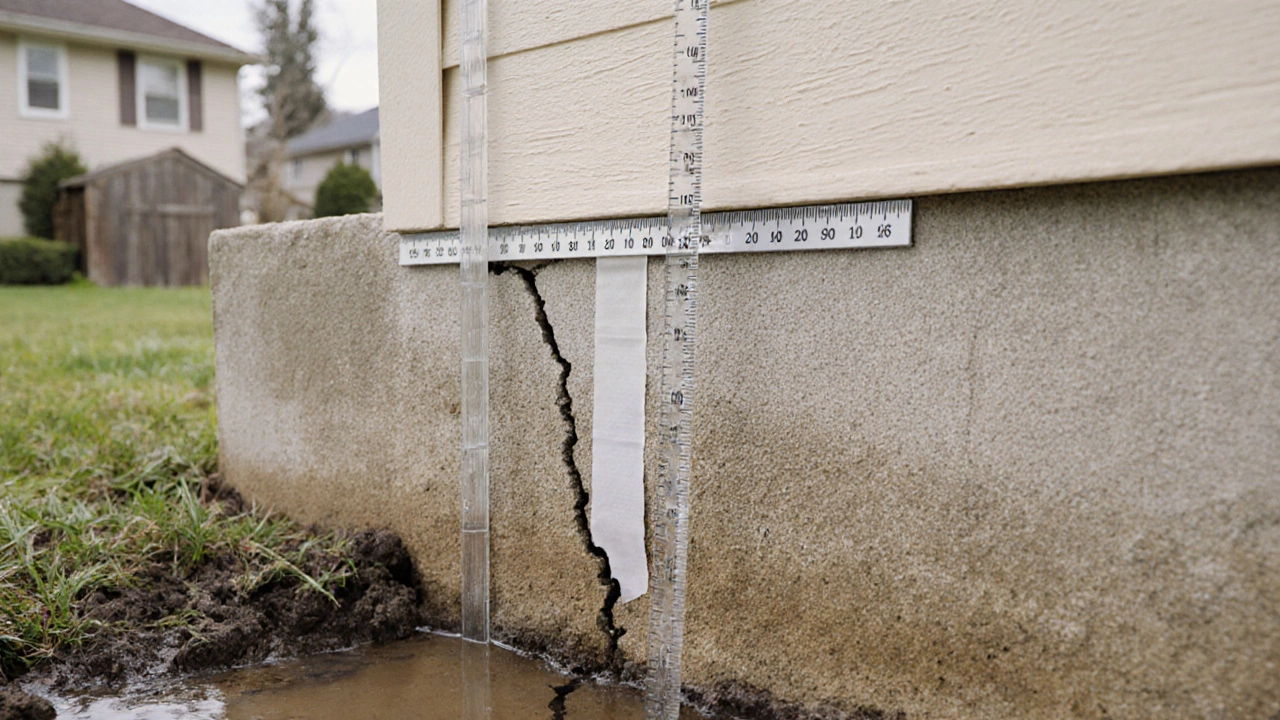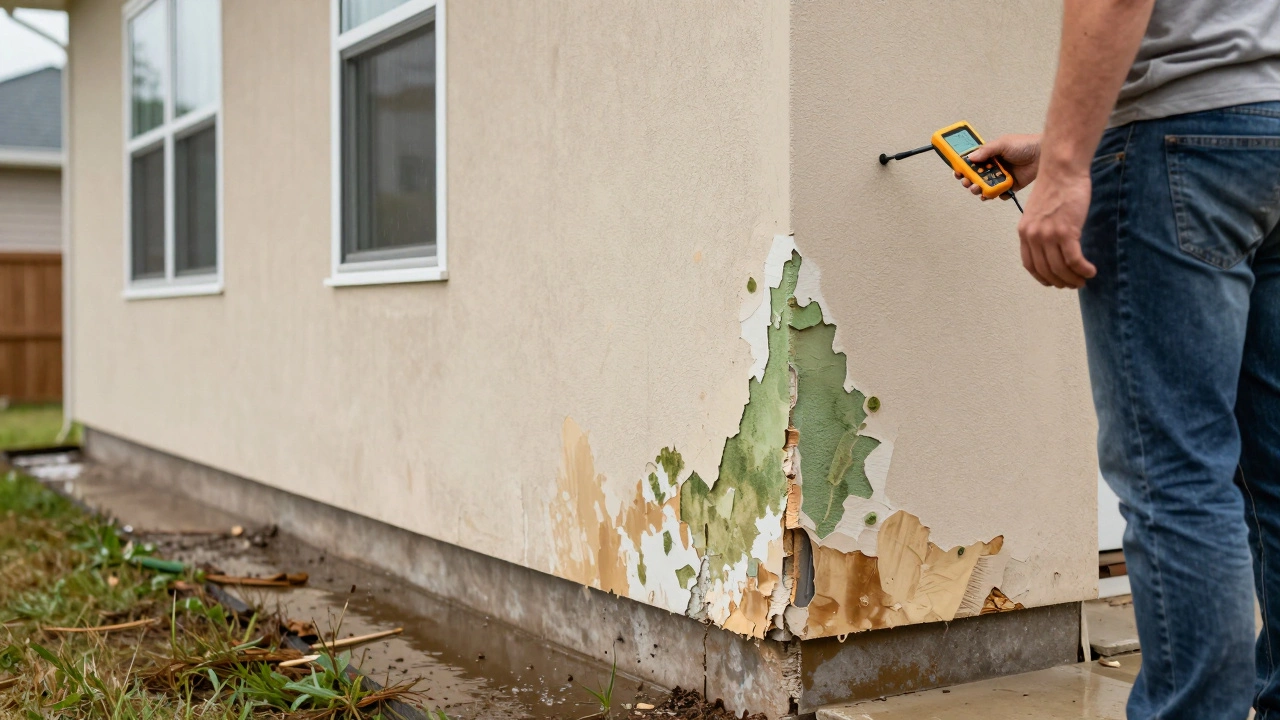Structural Safety: How to Keep Your Home Strong and Secure
When working with Structural Safety, the practice of ensuring a building can resist loads, stay stable, and protect its occupants. Also known as building integrity, it covers everything from foundation health to wall strength and compliance with regulations. In plain terms, structural safety is the backbone of any renovation or new build. It matters whether you’re swapping out a floorboard or adding a second story. The moment you ignore how loads travel through walls, floors, and roofs, you risk costly repairs or even dangerous failures.
Why Structural Safety Matters for Every Project
Good structural safety encompasses foundation performance, the ability of the base slab or footings to carry the weight of the entire building. A solid foundation is the first line of defense against settlement, water intrusion, and soil movement. If the foundation cracks, those gaps can widen, allowing moisture to creep in and compromise steel reinforcement. That’s why crack monitoring, regularly checking the size and direction of cracks in walls and concrete is a key part of maintaining structural safety. A tiny hairline split might be harmless, but a crack exceeding the acceptable width—often quoted as 0.3 mm for foundations—signals a deeper issue that needs prompt attention.
Another pillar of structural safety is building code compliance, the set of legal standards governing design loads, material quality, and construction methods. Codes dictate the minimum strength of load‑bearing walls, the spacing of joists, and the required reinforcement in concrete. When a project follows these rules, it reduces the chance of structural failure during extreme events like heavy storms or minor earthquakes. In short, code compliance requires proper design and inspection, and it directly influences how safe a building will be over its lifetime.
Think of structural safety as a conversation between three main actors: the foundation, the walls, and the inspector. The foundation supports everything above it; the walls transfer loads to the foundation; the inspector checks that each part meets the required standards. When any one of these actors falls short, the whole system feels the strain. For example, a wall that isn’t properly tied into the foundation can shift under wind loads, creating new cracks that grow over time. Conversely, a diligent inspection that catches a minor settlement early can prevent a small crack from becoming a structural weakness. This relationship—foundation, walls, inspection—creates a feedback loop that keeps the building safe.
Homeowners often wonder whether they need a professional for every small change. The answer depends on the scope of work. Minor cosmetic updates like repainting or swapping out light fixtures rarely affect structural safety. However, anything that alters load paths—adding a new bathroom, removing load‑bearing walls, or installing heavy fixtures—should involve a qualified engineer or an experienced builder. Even a seemingly simple task like installing a heavy bookshelf can stress a wall if it’s not designed for the extra load. So, before you start, ask yourself: does this change affect how weight moves through the house? If yes, bring in a professional.
Understanding the signs of structural trouble can save you from expensive repairs. Common red flags include doors that stick, windows that won’t close properly, uneven floors, or visible gaps between walls and ceilings. These symptoms often trace back to foundation movement or wall distortion. By learning to spot them early, you can arrange a targeted inspection and address the issue before it spreads. Remember, early detection is cheaper than a full‑scale foundation replacement or a wall rebuild.
Below you’ll find a curated collection of articles that dive deeper into each aspect of structural safety. From how to judge acceptable foundation crack width to what the latest building codes demand, these pieces give you the practical tools you need to keep your home solid and worry‑free. Explore the guides, apply the tips, and feel confident that your next project will stand the test of time.






